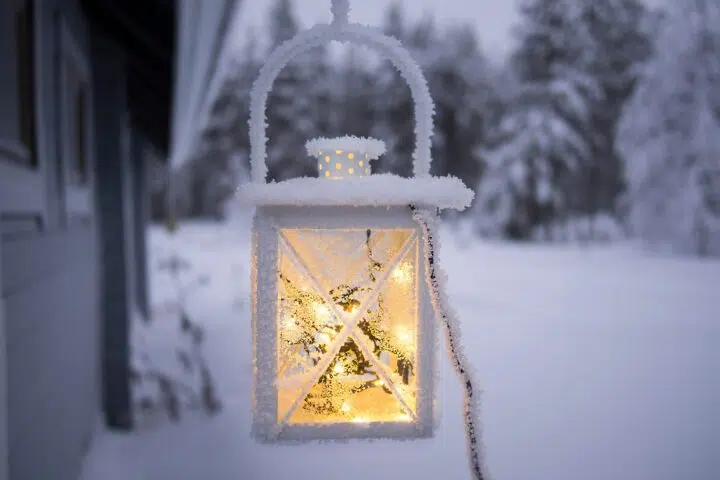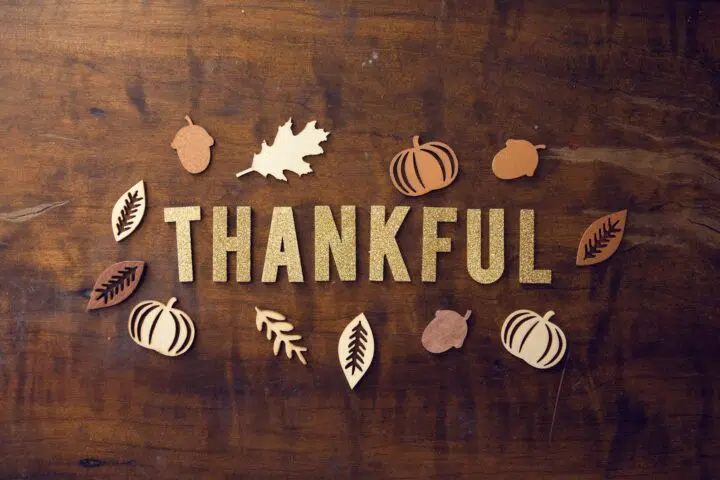I’m sure you’ve noticed the cost of living has gone up lately. Everyone is talking about it. Take a look at your grocery bill, note the rate increases in utilities and services, just try having lunch in a full-service restaurant for less than $20 (with tip). Governments and businesses are responding by raising their workers’ wages or offering more perks, or going the other direction and cutting back.
Even with all the cost-of-living hikes, though, people are still going on vacation, eating out, and paying exorbitant prices to attend highly publicized concerts or sporting events. They grumble, but still pay for increases in the costs of their streaming service or video games.
Yet here we are, as artists, still charging the same prices we did ten or twenty years ago because we’re afraid if we charge more, people won’t buy. We’re afraid of losing fans or being seen as greedy. That’s a fear mentality.
After all, haven’t our expenses gone up as well? Have you looked at the cost of a print run of books compared to five years ago? Or flinched at the higher price tags on art supplies? Have you noticed the rate increases from the consultants we hire (think graphic designers, website builders, marketing experts, etc.)? What about the simple fact that professional artists need to eat too! We, too, are dealing with basic cost-of-living increases.
We’re told if we raise our prices, we’ll exclude the people on a budget who can barely afford our wares as it is. Art, we’ve long been told, is for the masses. Everyone should have access. And I get that! Truly. I even agree with it. Some arts organizations have addressed that issue by offering “free days” or discounted tickets to students or the elderly. Others offer scholarships or lotteries for free tickets. Others form partnerships with schools, city governments, or local businesses to sponsor lower-income families to attend. Nonprofits buy tickets or items (often at a discounted rate) so their clients can enjoy and experience art.
Can’t individual artists do the same? We don’t always have the systems in place to track larger efforts, but what if people were offered an option when buying a ticket to purchase an extra one for someone in need? Or if when they bought a ticket, we asked them to donate to a “tip jar” to cover the costs of someone who can’t afford to come? What if more visual artists were willing to sell their high-cost items in installments? What if authors (the self-published ones, at least, who have that control) raised their prices but offered discounts if you buy two and donate one?
And what if we, as artists, took a deep breath and said to ourselves, “It’s okay, honey. You can raise your rates. Some people may complain, some people may stop buying, some people may make you feel guilty, but your skills and talent have increased in the past ten years and, therefore, your prices should as well.”
I’m as guilty of grumbling as anyone else when prices go up for the art I consume. But if I really want that book, that concert ticket, or that watercolor, I pay for it. When I was young and really broke, every single investment was weighed against something else. If a friend wanted to get a drink, I arrived early to take advantage of the happy hour prices. If there was a movie I wanted to see, I waited for it to come to the dollar theater. If a food staple was on sale, I bought extra and ate it all week so I could afford to go dancing on Friday night. If there was a pair of earrings I wanted at a local shop, I told a family member so they could buy them as my birthday present.
Most of us have stories of times in our lives when we clipped every coupon, cut every corner, and searched the couch cushions for coins. Some of our fans are still in that situation now. But are we really honoring them by keeping ourselves in starvation mode? Are we really going to give them our best work if we can’t afford to do so? Authors, like me, know and accept that plenty of people will find a way to read our books without paying for them: they check them out of the library, borrow them from a friend, or even download them from some pirated site. But the people who love owning books do buy them. The ones who collect books, or who like signed copies, or who want to support a favorite author still put down their hard-earned cash. So do the ones who typically access our work for free, when it’s a book they really want or need. It’s the buyers who make our work possible.
It’s time to have faith, artist friends, that if we charge what we’re worth, if we ask for more, if we expect it, we will be able to do far more good in this world than we can if we come from a constant state of scarcity. It’s time to trust that when a few more people pay your higher price, you might find you have the flexibility and cushion to just give a piece of art away, if that feels right, to someone who loves it but can’t afford it.
In that way, we all play a part in the distribution of art and the magic that comes with it, and that includes our buyers. They are part of the cycle. They are part of the generosity that ties us humans together through art.
If you like this post, please share and credit Teresa and Bursts of Brilliance for a Creative Life blog



